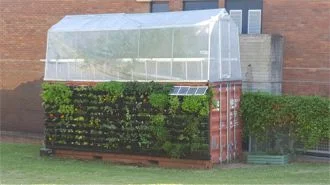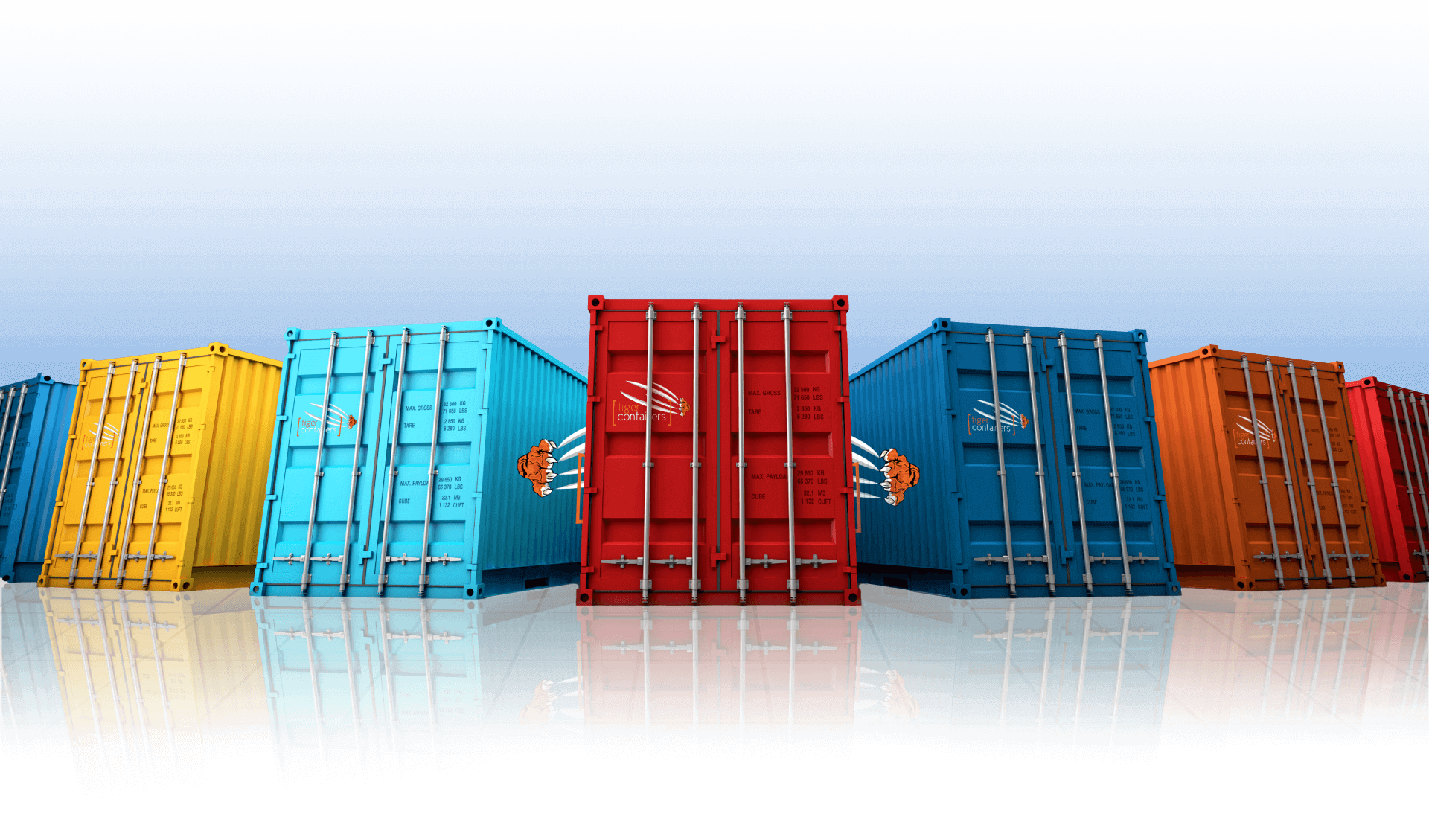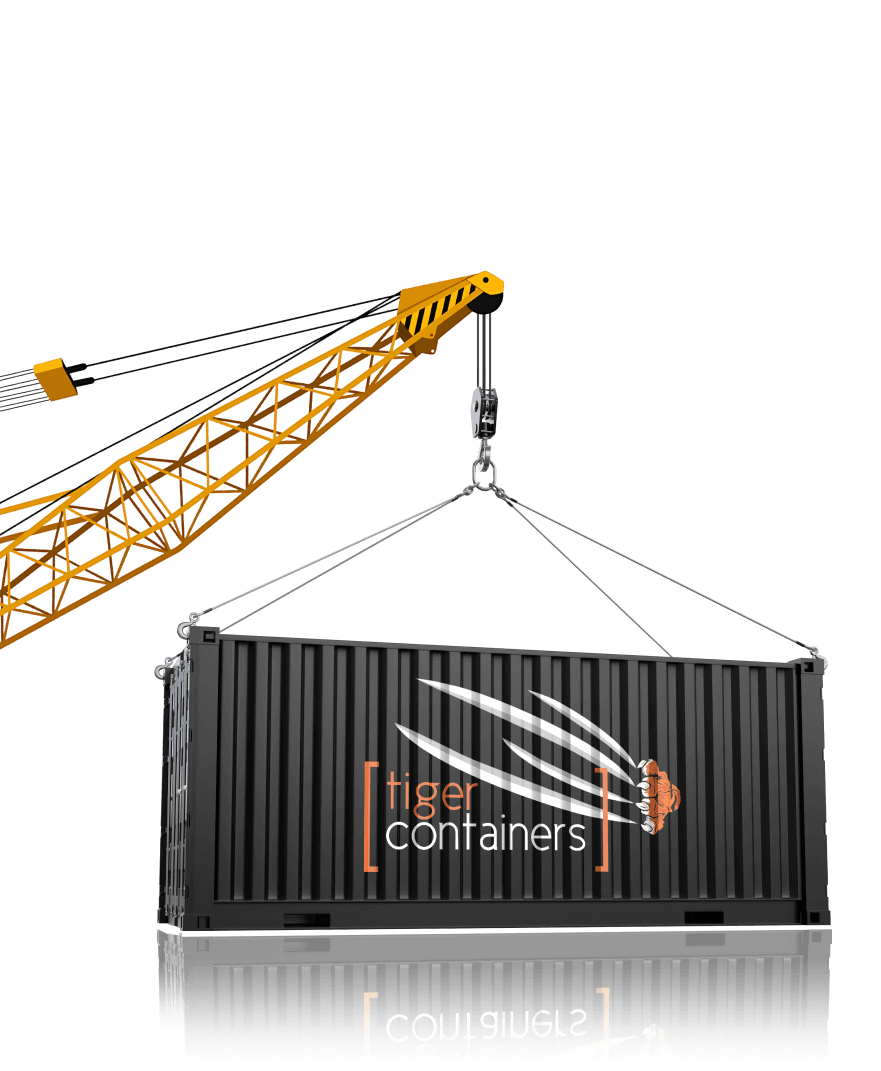For many years now people have been remodeling shipping containers for a number of reasons. Cargo containers have been transformed into homes and granny flats, restaurants, cafes, shops and all sorts of things. More recently some innovative thinking has led to the creation of the shipping container greenhouse. The majority of Australians live in urban areas with not a lot of space for growing their own fruit and vegetables, but the humble shipping container has provided the ultimate solution to that dilemma. Read on to discover just how shipping containers are being utilised by everyday people to grow their own fresh produce right in their own backyards.
How it's made
People have repurposed old shipping containers for numerous things – restaurants, homes, art galleries, shops, even swimming pools. But the greenest use might just have been found – literally.
For the longest time, people have been searching for ways to grow fresh produce in urban areas. And although they have somewhat succeeded in creating the technology to do so, the limited space and pollution of our cities still pose a hindrance to urban farming. Despite this, the demand for locally grown fresh produce has been growing with every passing day.
 Shipping containers (otherwise known as cargo containers, intermodal freight containers or sea containers), while most likely not the first thing to come to mind when thinking of growing vegetables, are providing a great option for urban farmers.
Shipping containers (otherwise known as cargo containers, intermodal freight containers or sea containers), while most likely not the first thing to come to mind when thinking of growing vegetables, are providing a great option for urban farmers.
As the name suggests is made from an up-cycled shipping container. Either a 20ft or 40ft shipping cargo container (preferably an open-top container) can be used depending on the space required.
The first step to making the shipping container greenhouse is cutting off the top of the container – this is not necessary for an open-top container. Once the top is off, a new roof which resembles a regular greenhouse is installed to cover the void left by the cut-off top. Once that is done, special racks are installed vertically, and that is where the plants will be planted.
Depending on your budget, you can either choose to grow your food in soil or have a high-tech hydroponics system installed for soil-free farming. If you do decide to use soil, a good idea would be to have a drip irrigation system installed to save on water.
Australia’s Biggest Brands Trust
tiger shipping containers
So can you






Benefits of a cargo container greenhouse
There are several benefits of using shipping containers for greenhouses.
1. It’s inexpensive. Sea containers are widely available the world over at affordable prices and will provide an inexpensive way for people to access fresh produce in situations where expansive land for farming is not available.
2. It’s efficient. With a hydroponic system or drip irrigation system providing nutrition directly to the plants, the system could use up to 90% less water than conventional farming.
3. Proximity to the market. A freight container greenhouse will help you grow food close to the market reducing or eliminating transportation costs and enabling customers to enjoy food fresh from the farm.
4. It’s easy to install and maintain. Once the initial modifications are made, maintaining the greenhouse is pretty straight forward. And since the greenhouse protects the plants in an enclosed space, you might not require the use of any herbicides or pesticides for your plants.
5. All year growing. A greenhouse does a pretty good job of regulating the internal conditions for optimum plant growth. This will enable you to grow produce all year round.
A shipping container would best be used for growing green leafy vegetables and herbs although some other crops such as cucumbers, strawberries and tomatoes can be grown successfully.
At Tiger Containers we provide quality shipping containers for greenhouse construction and also perform the modifications to create the complete product.
Check out one of our finished products soon to be appearing on the Seven Network’s show Better Homes and Gardens on July 15th.
Want a free quote? Contact us today!























